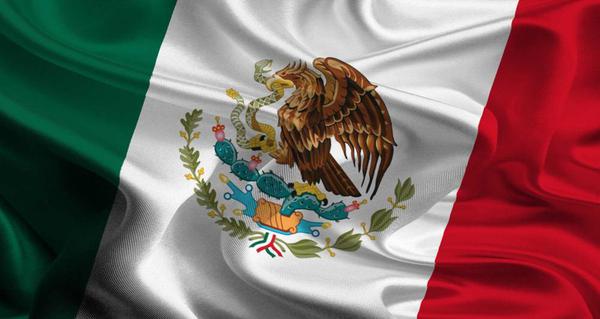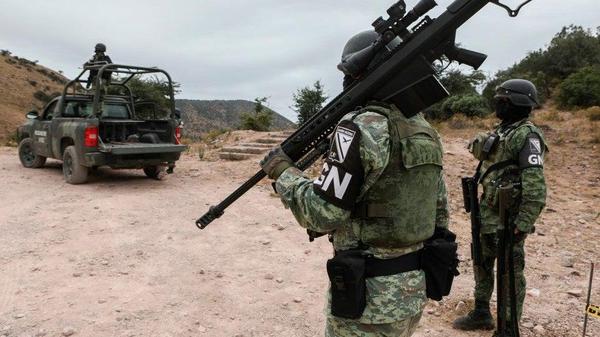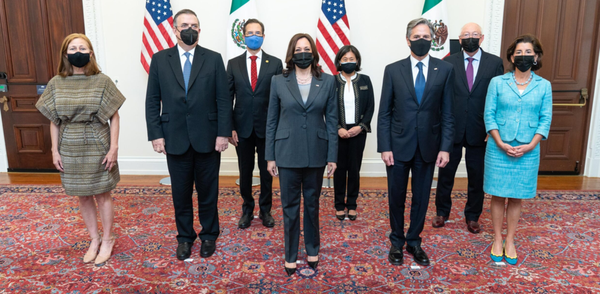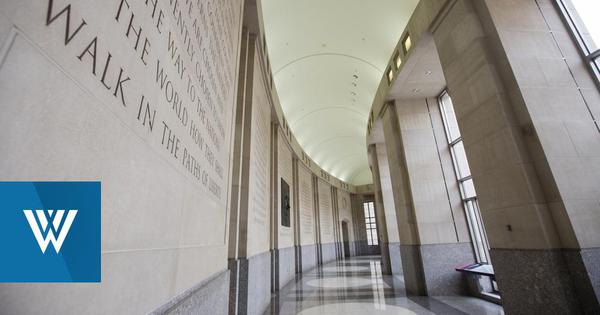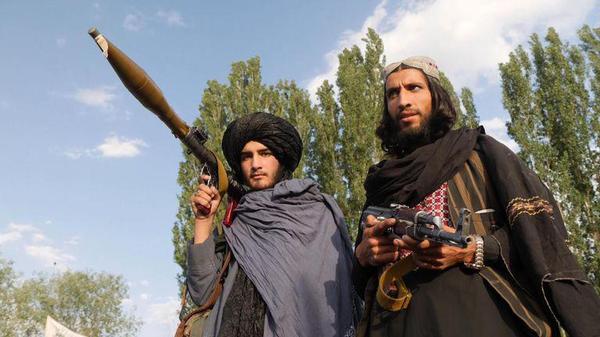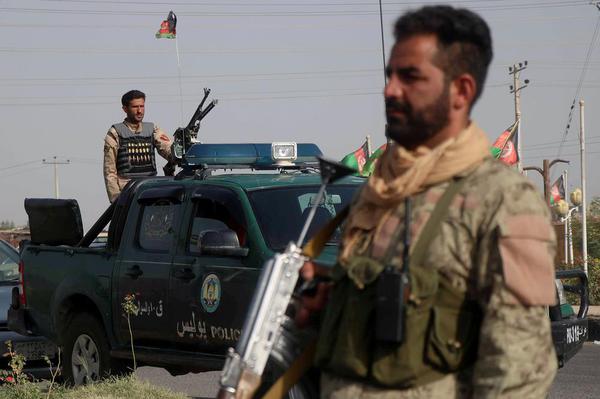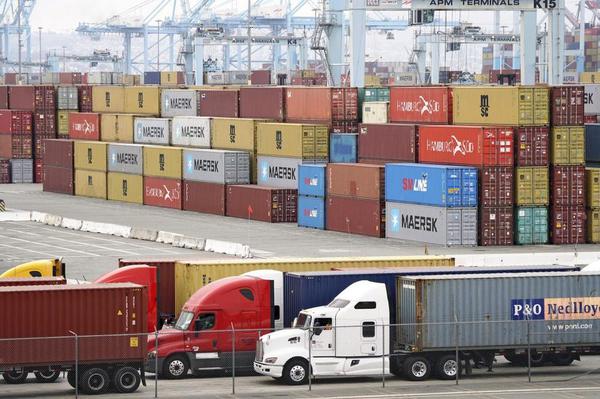
Article: By the numbers: The global economy in 2021 - $2.4 million per minute in US-Mexico-Canada trade.
A year ago, experts predicted the “Roaring ‘20s,” a decade in which a tamed pandemic would unleash a new era of global growth. As the year comes to a close, our GeoEconomics Center’s staff and senior fellows called out the numbers behind the headlines that best capture the shape of the global economy in 2021—and what to expect in 2022.
The United States, Canada, and Mexico traded more than $2.4 million per minute on average during the first ten months of 2021. The United States’ two neighbors are its top two trading partners this year, followed by China. This trade supports up to 12 million jobs in the United States and millions more in Mexico and Canada. The three countries not only sell to each other, but they also co-produce many products, with high percentages of US content coming back to the United States in finished manufactured products bought from its two neighbors. These facts signal that the economic partnership in North America is very important for economic competition with China, in addition to its direct impact on prosperity in the UnitedStates, Mexico, and Canada. It is, thus, very welcome that the three countries are rolling up their sleeves to improve supply-chain resilience, cross-border infrastructure and processes, workforce development, cybersecurity coordination, and more ...
The United States, Canada, and Mexico traded more than $2.4 million per minute on average during the first ten months of 2021. The United States’ two neighbors are its top two trading partners this year, followed by China. This trade supports up to 12 million jobs in the United States and millions more in Mexico and Canada. The three countries not only sell to each other, but they also co-produce many products, with high percentages of US content coming back to the United States in finished manufactured products bought from its two neighbors. These facts signal that the economic partnership in North America is very important for economic competition with China, in addition to its direct impact on prosperity in the UnitedStates, Mexico, and Canada. It is, thus, very welcome that the three countries are rolling up their sleeves to improve supply-chain resilience, cross-border infrastructure and processes, workforce development, cybersecurity coordination, and more ...








